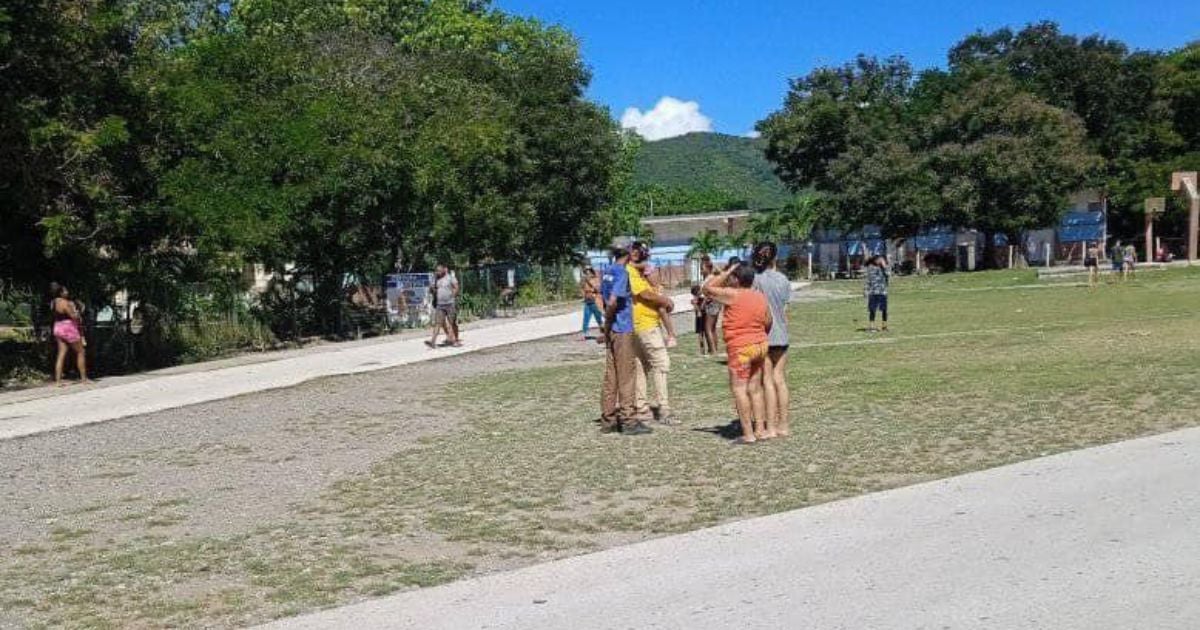On Sunday, following a series of earthquakes that rattled the eastern region of Cuba, Miguel Díaz-Canel, the country's leader, took to social media to urge residents in affected areas to evacuate buildings and remain in open spaces. Through the platform X, Díaz-Canel emphasized, "We urge our people in those areas to go outside and stay in open places."
He also stated, "We are beginning to assess the damage to start the recovery process. The first and most crucial thing is to save lives." Díaz-Canel reported that the earthquakes on Sunday resulted in "landslides, damage to homes, and impacts on the electrical grid."
According to him, "We have communicated from the National Defense Council with the first secretaries of the Party in Santiago de Cuba and Granma, the provinces most affected by the recent earthquakes."
Seismological Insights and Public Concerns
Enrique Diego Arango Arias, a Doctor of Sciences and head of the National Seismological Service of Cuba at the National Center for Seismological Research (CENAIS), expressed on social media that the situation is quite serious after Sunday's two earthquakes southeast of Pilón in Granma province.
On Facebook, Arango commented, "The situation is quite complicated, many damages are reported in Pilón, we need damage reports if available."
In response, official journalist Lázaro Manuel Alonso noted on Facebook, citing CENAIS, that "authorities in the eastern region advise the public to remain alert to aftershocks and to follow protective measures."
Alonso highlighted that "preliminary damage is concentrated in the southern municipalities of Santiago and Granma, mainly affecting the electrical grid, homes, and causing landslides."
Moreover, he reassured that there is no tsunami threat in Santiago de Cuba or the eastern part of the country.
... Developing story ...
